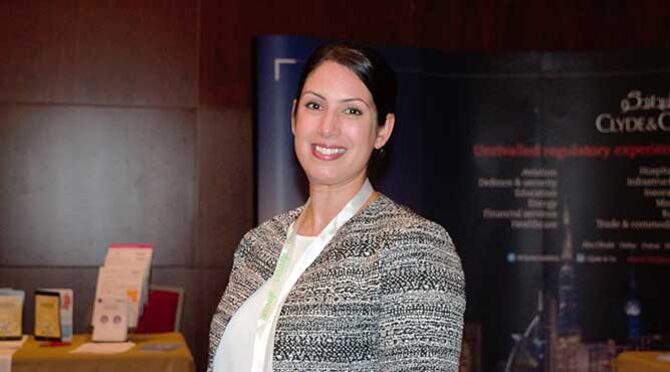International school growth in Middle East: focus on quality
At IPSEF’s Dubai conference, experts from PwC and ISC Research highlighted the latest developments in education across the Middle East, as the number of international schools there continues to grow.

Middle East’s education sector undergoing reform
Structural reforms are being made in the Middle Eastern education sector as the region grapples with changing market demands, explained Roland Hancock, director of education at PwC. He highlighted five key changes, among them:- Linking up services
- Accountability
- Renewed focus on early education
International schools: key Middle Eastern countries
Nalini Cook, head of Middle East research at ISC Research, which provides data on English-medium international schools around the world, shared her organisation’s latest data on the expansion of premium English-medium international schools in the Middle East. This showed the UAE leading the region in the number of international schools by country, followed by Saudi Arabia, Qatar, Turkey and Kuwait.The UAE also heads the region in terms of enrolment, with over half a million students registered in various premium English-language international schools.“Despite school fees being some of the highest in the world, the rise of international schools in the region will continue, as revenues are substantial,” said Ms Cook.Average annual fees for the region’s international schools hover around $8,000. In the UAE, the average fee is $7,747. In Saudi Arabia, it is $6,325.Fees are higher in Kuwait ($8,069 on average). Qatar tops the ranking, with annual school fees averaging $9,235. “The dynamics of the private and international-schools market in the [Middle East] are becoming more complex, with many crucial factors coming into play – from regulatory frameworks to quality standards, as well as teacher recruitment and student assessment, said Rhona Greenhill, co-founder of IPSEF.Relocate Global's Guide to International Education & Schools 2017 is packed with information on education around the world with expert tips for those relocating and the professionals supporting them.
For related news and features, visit our Education & Schools section.Relocate’s new Global Mobility Toolkit provides free information, practical advice and support for HR, global mobility managers and global teams operating overseas.
 Access hundreds of global services and suppliers in our Online Directory
Access hundreds of global services and suppliers in our Online Directory
©2025 Re:locate magazine, published by Profile Locations, Spray Hill, Hastings Road, Lamberhurst, Kent TN3 8JB. All rights reserved. This publication (or any part thereof) may not be reproduced in any form without the prior written permission of Profile Locations. Profile Locations accepts no liability for the accuracy of the contents or any opinions expressed herein.







































